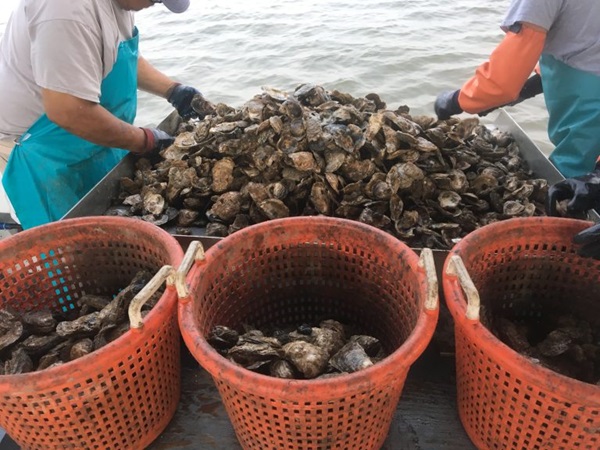BALTIMORE, MD—Maryland’s oyster population has more than tripled since 2005, reaching over 12 billion oysters in 2024, according to a new report. The positive assessment is attributed to a combination of factors, including large-scale restoration efforts, favorable environmental conditions, and harvest restrictions.
The latest benchmark stock assessment, released this week by the Maryland Department of Natural Resources and the University of Maryland Center for Environmental Science, reveals a significant increase in the state’s oyster population. This growth is particularly notable in restored oyster sanctuaries, where populations have increased five-fold.
Experts emphasize the role of large-scale oyster restoration projects, implemented over the past two decades, in this positive trend. These efforts, coupled with several years of favorable environmental conditions for natural reproduction, have significantly contributed to the population increase. Additionally, harvest restrictions put in place since 2018 have played a crucial role in protecting and bolstering the oyster population.
The Chesapeake Bay Foundation, a strong advocate for data-driven management of Maryland’s oyster fishery, praised the stock assessment results. Dr. Allison Colden, CBF’s Maryland Executive Director, stated that the assessment underscores the success of oyster restoration efforts, highlighting the five-fold increase in abundance within restored sanctuaries.
However, Dr. Colden also cautioned about the role of environmental factors, noting that drought conditions, while beneficial in recent years, can also increase the risk of oyster diseases. She stressed the need for continued vigilance and monitoring by DNR to mitigate potential threats and ensure the long-term health of the oyster population.
The Maryland General Assembly passed a law nearly a decade ago mandating this biennial stock assessment, a comprehensive calculation of oyster abundance and sustainable fishing rates. This assessment, considered one of the most advanced for oysters nationwide, is subject to review by independent experts.
DNR’s ongoing oversight is critical to identify and respond to threats to oysters such as disease outbreaks and increasing harvest pressure, and to continue forward momentum for oyster sanctuaries in the Bay and its tributaries. The sustainable management of the oyster fishery, as emphasized by Dr. Colden, is key to ensuring the continued growth and health of Maryland’s oyster populations for future generations.
This article was written with the assistance of AI and reviewed by a human editor.
Photo via Maryland DNR


